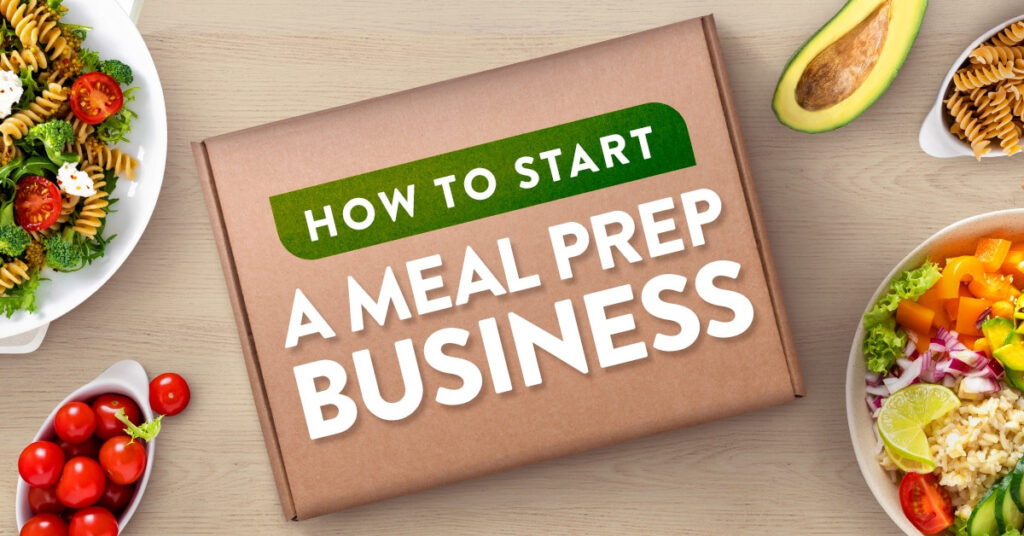The packaging of a product affects a consumer’s perception of a product and brand significantly.
This is why choosing the perfect packaging materials, including fillers, is crucial for any company shipping products. When you think about the ideal package fillers, there are some options that you can consider.
The ideal filler should have various qualities, but there are three that it must fulfill. The following three Es define the perfect filler:
Cost Efficiency
The cost or price of the filler you choose matters. However, you have to think about its weight, which will affect the transport costs. Sometimes, you will have to consider the cost of leasing or buying machinery (such as the air cushion machine) and the cost of raw materials. The cost of raw materials includes the expenses for the purchase and storage of the fillers. You have to think about the versatility of your filler in its use as you buy or produce filler. The more versatility, the easier it is to produce enough, and you don’t have to purchase many different kinds.
Aesthetics Enhancement
The presentation of the item you are shipping has to take precedence. Impressing your customer is crucial in their buying experience, which extends to affect their unboxing experience. The quality of your filler should match the quality of the item. Fillers can lead to the item falling below or exceeding the customers’ expectations. For instance, premium wine can’t be wrapped in old newspapers.
Ecology
A recent study asserted that over a third of all consumers on the planet are ready to pay more for sustainability. Biodegradable fillers that decompose in short periods of time usually release less harmful substances to the environment. As consumers grow more concerned about the environment, the need to turn to eco-friendly fillers rises.
Does the Perfect Filler Exist?
The ideal filler should be lightweight, biodegradable, appealing, and cheap to produce or buy. According to wood and paper-based filler producers, their fillers are flexible and cheap (cost-effective). In addition, they enhance organic appearances and are eco-friendly.
What can possibly compete with such a wholesome proposition? The answer is… air! From bubble wrap to air cushions to air mats, air-filled fillers have proven to have innumerable advantages. The main advantages of these fillers are their low weight and the little storage space needed by the film used to produce them. These films take about 1 to 5 years to decompose.
Polyurethane and polypropylene-based fillers are great for thermal and protection purposes. However, their ecological effect is much less than friendly. However, they damage the environment mechanically, not by contaminating it. In fact, the production of paper that would replace the foam fillers would mean more electricity and water consumption, therefore graver pollution.
Bottom Line: Butter and Margarine – Paper and Other Options
The consideration of paper-based fillers against its alternatives is similar to the pros-and-cons debates over margarine and butter. However important the Es (efficiency, ecology, and aesthetics) are, you have to consider them in combination with your business strategy and preferences.
For instance, you can enhance your brand by using custom tissue paper. It lets you print your logos and other brand info and improves the unboxing experience. These and other qualities make it an effective branding tool.
Focusing overly on eco-friendly practices can raise your costs massively. It can also increase your sales. It all depends on your understanding of your customers and putting that knowledge to good use. So the question is: how well can you predict and influence your customers’ responses?
All the best!





